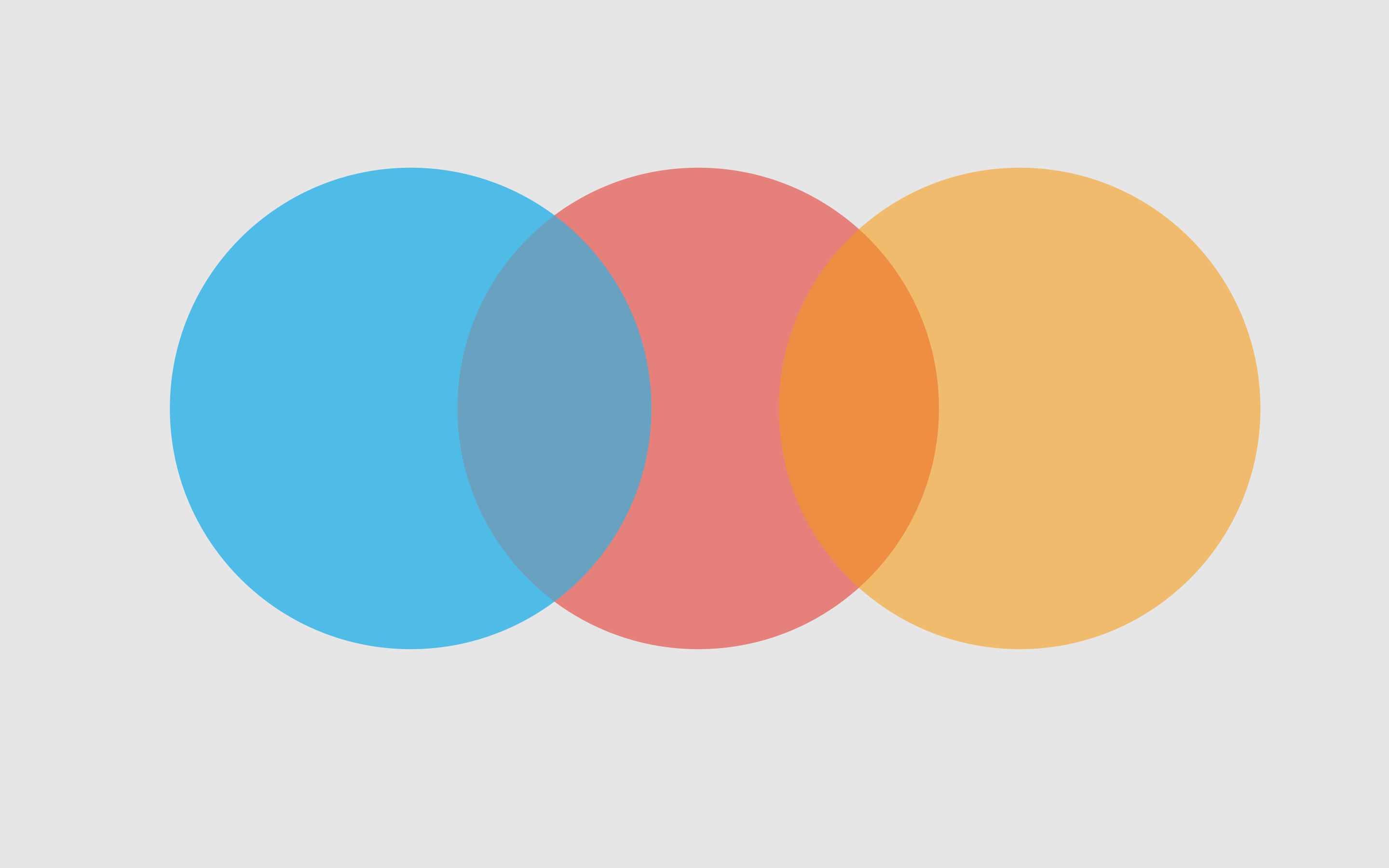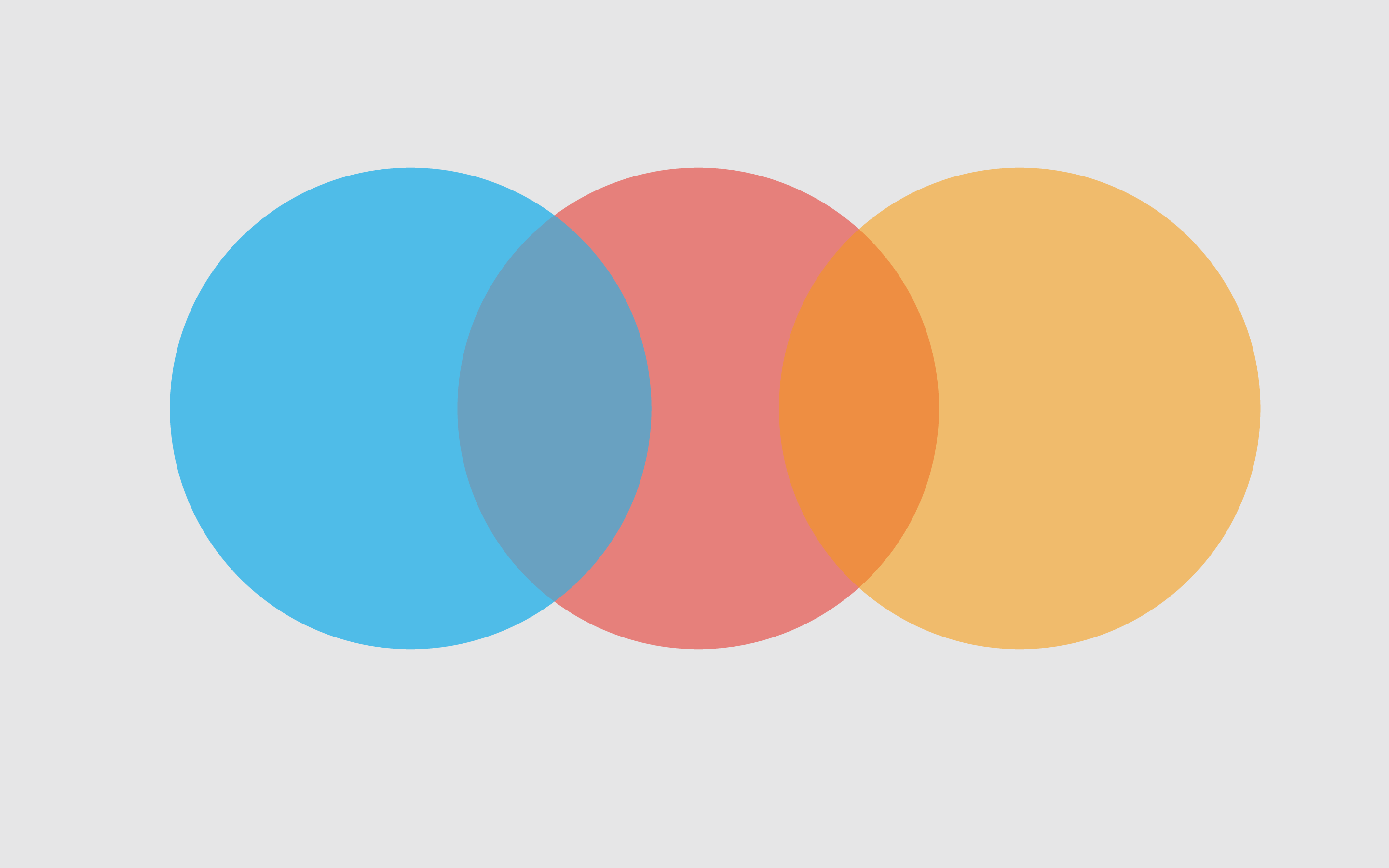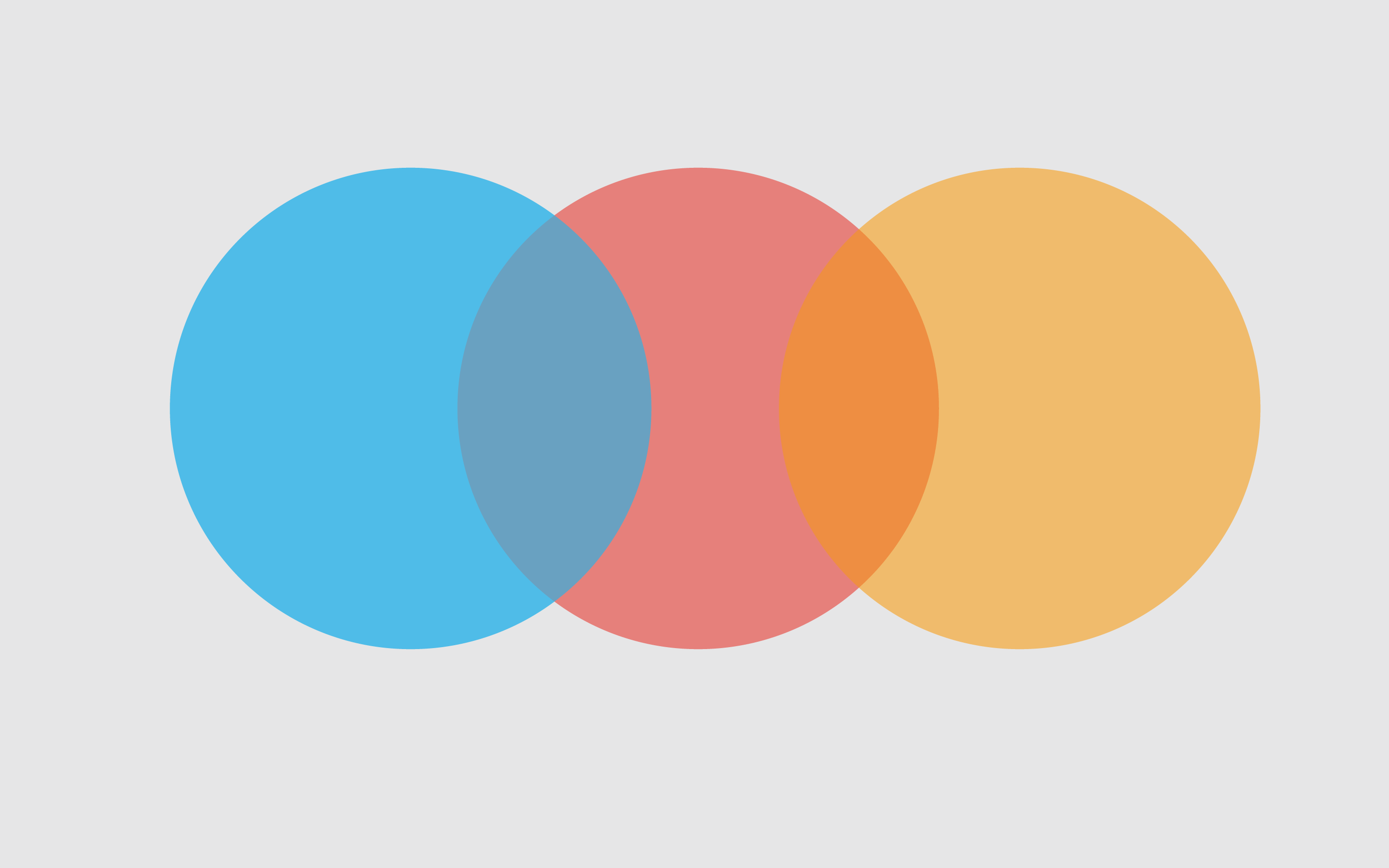JavaScript中的继承

JavaScript中的继承
余生一、 构造继承(经典继承)
-
基本思想:用call() 或apply() 将父类的构造函数引入子类函数
-
demo
1
2
3
4
5
6
7
8
9
10
11
12
13
14
15
16
17
18//父类
function Person(name){
this.name=name;
this.sum=function(){
alert(this.name)
}
}
Person.prototype.age=10;
//利用构造函数继承
function Con(){
Person.call(this,'jer')
this.age=12;
}
var con1=new Con();
console.log(con1.name);//'jer'
console.log(con1.age);//12
console.log(con1 instanceof Person);//false -
特点
- 只继承了父类构造函数的属性,没有继承分类原型的属性
- 每个新实例都有父类构造函数的副本
- 可以在 Child 中向 Parent 传参
二、原型链继承
-
基本思想:让新实例的原型等于父类的实例,即
子构造函数.prototype = new 父构造函数() -
demo
1
2
3
4
5
6
7
8
9
10
11
12
13
14
15
16
17//父类
function Person(name){
this.name=name;
this.sum=function(){
alert(this.name)
}
}
Person.prototype.age=10
//原型链继承
function Per(){
this.name='ker';
}
Per.prototype=new Person();
var per1=new Per();
console.log(per1.age) //10
console.log(per1 instanceof Person) //true -
特点
- 可继承父类构造函数的属性,父类原型的属性
- 所有新实例都会共享父类实例的属性。(原型上的属性是共享的,一个实例修改了原型属性,另一个实例的原型属性也会被修改!)
三、组合继承(组合原型链继承和借用构造函数继承)
-
基本思想:上述两种结合
-
demo
1
2
3
4
5
6
7
8
9
10
11
12
13
14
15function Person(name){
this.name=name;
this.sum=function(){
alert(this.name)
}
}
Person.prototype.age=10
function SubType(name){
Person.call(this,name)
}
SubType.prototype=new Person();
var sub=new SubType('gar');
console.log(sub.name) //'gar'
console.log(sub.age)// 10
四、原型式继承
-
基本思想:利用构造函数的原型对象实现继承,用一个函数包装一个对象,然后返回这个函数的调用
-
demo
1
2
3
4
5
6
7
8function content(obj){
function F(){}
F.prototype=obj
return new F()
}
var sup=new Person()
var sup1=content(sup)
console.log(sup1.age) //10
五、寄生式继承
-
基本思想:与原型式继承类似
-
demo
function content(obj){ function F(){} F.prototype=obj return new F() } var sup=new Person() function subObject(obj){ var sub=content(obj) sub.name='gar'; return sub; } var sup2=subobject(sup); console.log(typeof subobject); console.log(typeof sup2) console.log(sup2.name)
六、寄生组合式继承
-
基本思想
-
demo
function content(obj){ function F(){} F.prototype=obj return new F() } var con=content(Person.prototype) //组合 function Sub(){ Person.call(this) } Sub.prototype=con; con.constructor=sub; var sub1=new Sub() console.log(sub1.age)//10 -
特点
引用《JavaScript高级程序设计》中对寄生组合式继承的夸赞就是:这种方式的高效率体现它只调用了一次Parent构造函数,并且因此避免了在 Parent.prototype 上面创建不必要的、多余的属性。与此同时,原型链还能保持不变;因此,还能够正常使用 instanceof 和 isPrototypeOf。开发人员普遍认为寄生组合式继承是引用类型最理想的继承范式。










